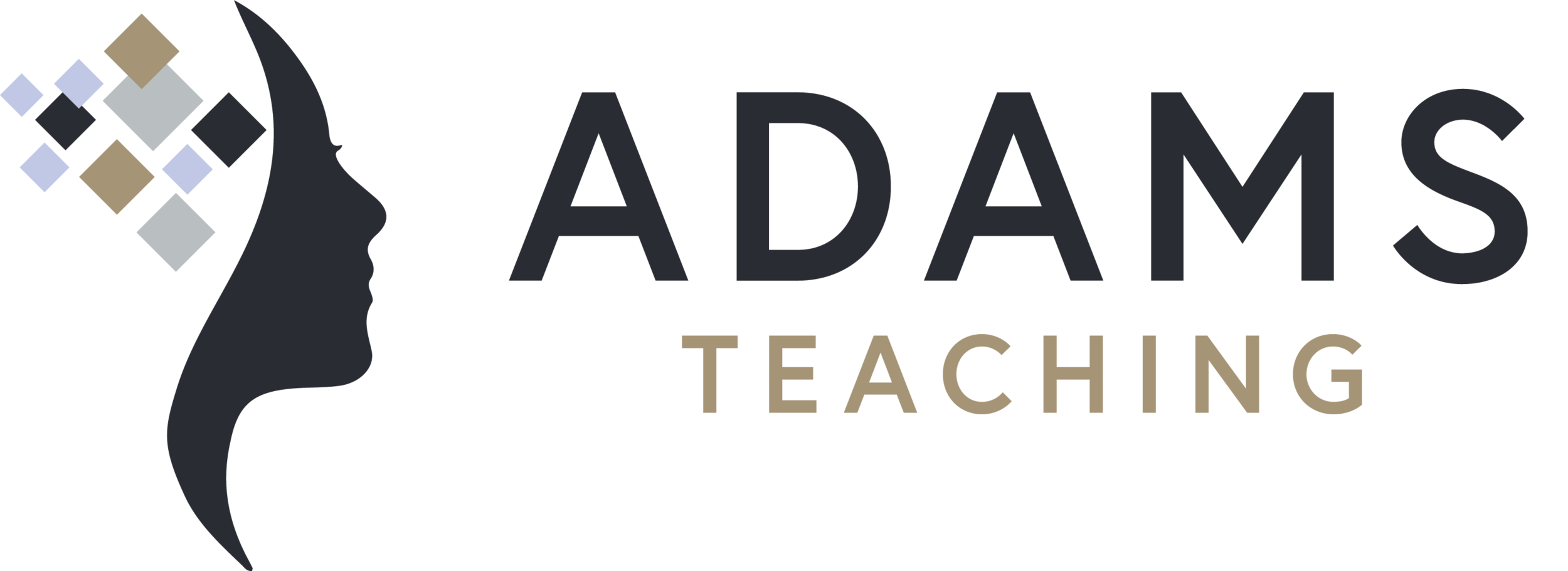One Effective Strategy to Strengthen the Pre-Frontal Cortex & Till Skill
Young brains are different.
They often have an underdeveloped pre-frontal cortex and an overactive stress response from the amygdala, which means youth can struggle with cause and effect analysis, impulse control, emotional regulation, organization, and rational decision-making.
There is an effective way to strengthen the pre-frontal cortex (also known as the executive functioning center), calm the amygdala, and build skill all at the same time. We can accomplish all of these when we understand a little about how our brains work.
Keith Blanchard, the author of “It’s All in Your Head,” provides this summary of our brain:
“The four key components of your neurological system are neurons, axons, synapses, and dendrites. Neurons are like little trees, with multiple outstretched branches called dendrites and a single long trunk called an axon. The axon communicates information to other neurons’ dendrites. The junctions between the axon of one neuron and the dendrite of another are called synapses, and it’s across these tiny gaps, the synaptic cleft, that communication takes place.”
Neurotransmitters such as Glutamate, GABA, Oxytocin, Dopamine, Serotonin and Endorphins, communicate information from synapse to synapse. Too little or too much of these chemicals can wreak havoc in the transmission process.
Neuroscience encourages us to provide calm, consistent, explicit instruction and deliberate practice of a specific skill to promote dendritic and synaptic connections and stimulate the pre-frontal cortex. Repetition and explicit instruction are key when it comes to tilling skill.
Every time we learn something new, our brain creates a neural pathway that tries to connect to another pathway to strengthen the learning. The more we learn about and practice the new skill, the stronger the pathway becomes, which increases the skill and retention rate.
Provide explicit instruction and increase skill by using this step by step strategy:
Identify the ‘what’: “This is what we are learning.”
Identify the ‘how’ and model it: “This is how we do it.”
Identify the ‘why’: “This is why we do it this way.”
Provide guided practice: “Now let’s practice together.”
Provide descriptive feedback to increase success: “_____ is what you are doing correctly, adjust _____ to be more successful.”
Allow adjustment and ongoing practice: “Let’s practice more now that you’ve made adjustments.”
This strategy allows the brain to develop a process for skill-building, and prune away missteps and inappropriate pathways. Revision is an important part of learning a new skill so providing feedback and allowing adjustments are important to learning.
In the article “Three Things to Know About the Teenage Brain,” author Julie Baron explains,
“A major finding in research on the developing brain is that it is physically changing shape by undergoing a process of specialization called pruning. Neuron connections from behaviors no longer needed, literally disappear, while others are formed through the engagement in new and more targeted understanding and tasks. This process is facilitated by myelination.
Myelin is a fatty substance that insulates the connections between brain cells, particularly those pathways that are used most often. With frequent use, pathways in the brain become myelinated, creating a faster and more efficient pathway for that task. This is why when we’re learning something new, it’s challenging at first. Most of us have to focus on a skill and practice it over and over again until the pathways for that skill become myelinated and the skill becomes easier.”
This neurological concept is helpful in understanding why learning a new skill absorbs cognitive capacity and can drain our battery (brain) until the skill has become automated, and a neural pathway has been constructed. For most people, ‘a one and done’ learning session is not enough to fully develop a skill-set, yet we often utilize this strategy in the classroom and at home.
Young brains are hard at work developing skills and pruning away unnecessary information; they often need extensive practice and revision in many emotional, academic, and physical skills such as controlling their emotions, writing an essay, or folding laundry. The more we provide explicit instruction and practice the skill, the more likely it is to become embedded in the brain and increase young brain success.
If it’s not an innate trait, then till the skill.
Julie Adams is a Nationally Board Certified Teacher, International Keynote Speaker, Educator of the Year, Best-Selling Author, Executive Coach, and Mastermind Facilitator who teaches people how to decrease stress and skyrocket success in both young and mature brains.
